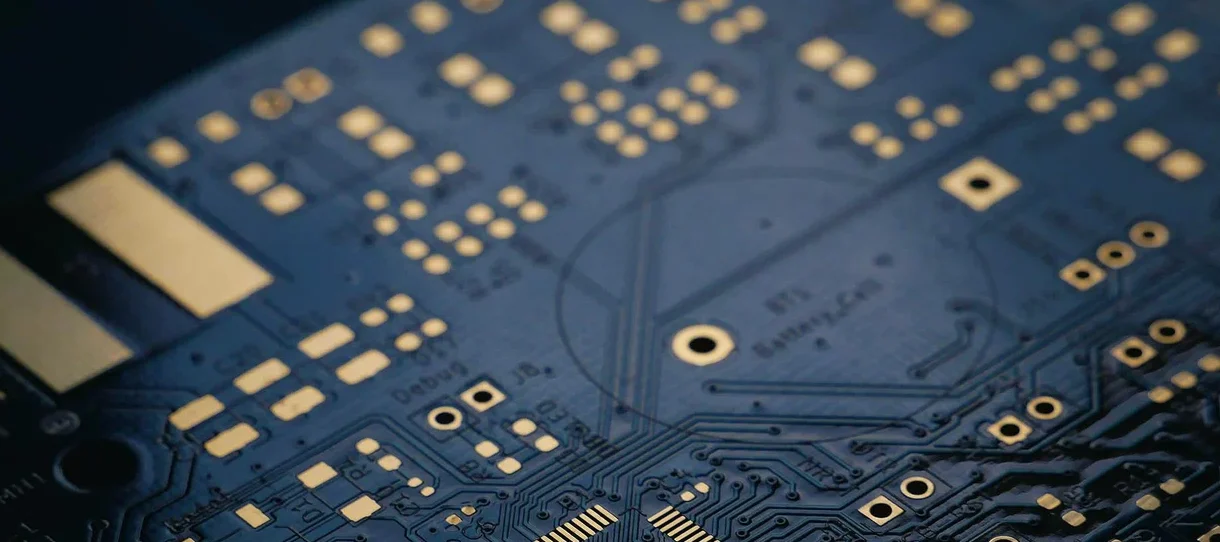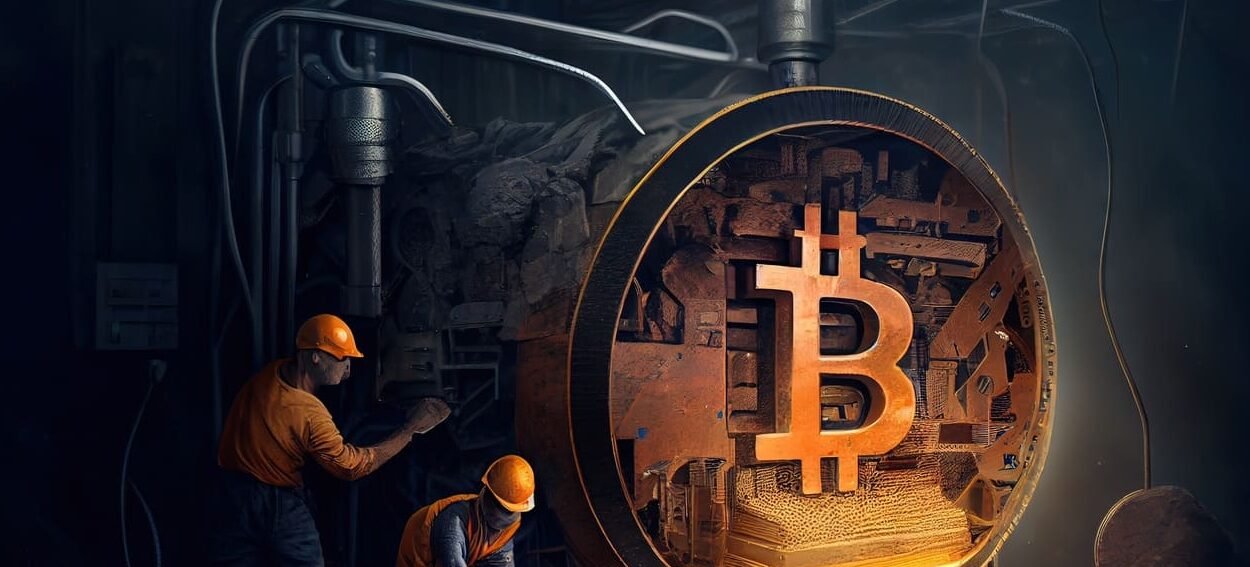The world’s best-known decentralised currency, Bitcoin, is powered by Bitcoin mining technology. It has two jobs: to confirm Bitcoin transactions and to protect the network through a technique called Proof of Work. Every ten minutes, powerful computers race to solve difficult arithmetic problems called cryptographic hashes. The first person to solve it adds a new block to the blockchain and receives Bitcoin mining 2025
The Bitcoin Network The process cuts this reward in half every four years or so. Miners now get 3.125 BTC for each block they mine after the most recent halving in April 2024. This design ensures that Bitcoin maintains its rarity, akin to gold and other limited-supply commodities. bitcoin mining is more than simply a technical operation; it’s an important part of the bitcoin ecosystem’s economy. Bitcoin mining 2025
ASIC Technology and Network Dynamics
ASICs, or application-specific integrated circuits, are specialised hardware that make Bitcoin mining possible. These computers are only made to run the SHA-256 hashing algorithm that Bitcoin uses. Terahashes per second (TH/s) measure the speed of these machines, and their energy efficiency plays a crucial role in generating revenue.

When new miners join the network, the difficulty of mining changes on its own, keeping block times the same. This flexible mechanism makes the network more stable and makes the race for block rewards even more intense. The global hashrate, which is the total amount of computing power employed by all miners, is an important sign of the network’s health and safety. The worldwide Bitcoin hashrate is close to record levels as of mid-2025, which shows that people are quite confident in the long-term worth of mining.
Economics and Adaptation in Bitcoin Mining
Bitcoin mining can be profitable or not, depending on several factors, such as the price of Bitcoin on the market, how hard it is to mine, how much electricity costs, and how well the hardware works. The 2024 halving had a big effect on miner revenue because it cut the block reward in half. The change put pressure on operators to find ways to minimise costs or grow their businesses.Bitcoin mining 2025
Electricity is still the biggest cost of doing business. Parts of Texas, Paraguay, and Scandinavia have become global hotspots for industrial-scale mining due to their cheap and reliable energy. After the halving, the hashprice, which refers to revenue per terahash, experienced a significant decline. The decline made many miners upgrade to newer, more efficient rigs like the Antminer S21 and WhatsMiner M66S. Vertical integration has allowed larger mining corporations to control their power sources or arbitrage electricity during off-peak hours. Smaller miners join mining pools to share computer power and make a stable income when solo mining becomes less practical.
Bitcoin Mining’s Renewable Revolution
Many have criticised bitcoin mining for its high energy consumption, particularly when it relies on fossil fuels. However, an increasing number of mining operations now rely on electricity from renewable sources. Many mining farms use hydropower, solar electricity, wind power, or even methane gas that would otherwise be burnt off into the air.
Countries like Ethiopia, Iceland, and Paraguay are using their abundant renewable energy to draw mining companies to their shores. More and more, big miners in North America are establishing their own Symon solar and wind farms. They are also connecting mining to energy grids to help balance the load and cut down on waste when there is too much power generation. In this way, Bitcoin mining is changing from being a power user to a collaborator in keeping the grid stable.
Global Bitcoin Mining Trends
The rules on Bitcoin mining are very different in different parts of the world. Some nations allow it because it provides economic activity and infrastructure investment, while others ban or limit it because they are worried about the environment or don’t like decentralised currencies.

After China banned mining in 2021, the U.S. became the world leader in Bitcoin hashpower. Kazakhstan, Russia, and El Salvador have also become important players by 2025. Mining is becoming more and more important to the U.S. as a whole, and some politicians want to create a “Strategic Bitcoin Reserve” like oil reserves.
Public mining businesses like Marathon Digital Holdings, CleanSpark, and Riot Platforms dominate the market. These companies are professionalising the industry by introducing financial markets, hedging mechanisms, and worldwide sustainability-compliant ESG frameworks.
Final thoughts
Mining pools are groups of miners that work together to increase their chances of getting rewards. Most small- to medium-sized miners use them. These pools share profits fairly, which lowers volatility and makes mining easier to get into. While some pools prioritise centralisation, others aim for decentralisation and openness through open-source protocols and trustless payment mechanisms.
The way mining pools have changed over time shows you how to find a compromise between normalisation and efficiency. Critics say that large pools can provide too much control to a few people and threaten Bitcoin’s decentralised nature. However, new protocols and governance models are being developed to reduce these dangers and keep the network’s trustless nature.

















